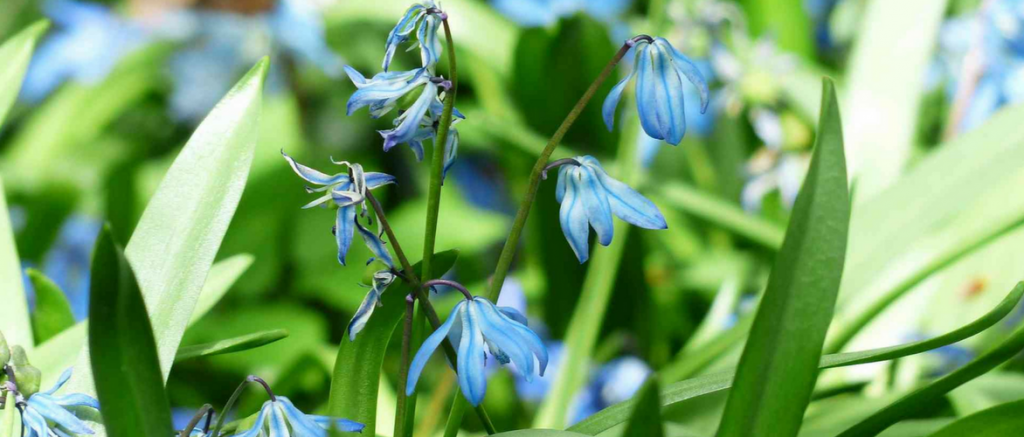
Squill, Scilla: Planting and Care
In tapetum flower or in pot
Contents
Spring Squills are among the easiest small bulbs to grow. With their early flowering, Scilla are among the first flowers of spring, creating waves of sky blue, pink or white blooms for two to three weeks, carried by fresh green grassy clumps.
For successful planting, place them in well-drained, cool and humus-bearing soil. All Scilla species are very accommodating regarding exposure and thrive in non-scorching sun or partial shade – they even tolerate full shade. They require no special care, their maintenance is simple.
Planted in good conditions, these pretty spring-flowering bulbs thrive and naturalise easily in all gardens, in light woodland, at the foot of deciduous trees and bushes, along pathways, in rockeries or scattered through short grass meadows.
How to create a lovely flowering carpet, a natural planting or a spring container display? Follow all our experts’ care, cultivation advice and best practices for planting your Siberian Squill bulbs, Wood Hyacinth (S. nutans), Two-leaved Squill, or campanulate Squill (Spanish Bluebell), in blue, pink or white shades.
Where to plant Scilla?
If Squills prefer sunny but not scorching exposures to flower well, they also appreciate partial shade and can tolerate full shade.
Perfectly hardy, they are not afraid of the cold and withstand temperatures down to -15°C, with some varieties like Siberian Squill sometimes enduring even lower temperatures. They grow everywhere, in all regions, even at higher altitudes.
Squill bulbs thrive in ordinary, fairly fertile soil that is moist but especially well-drained. Squills dislike excess water, which can cause the bulbs to rot.
After flowering, Squill foliage wilts and yellows, making flower beds look somewhat untidy: disguise this messy appearance by planting them among perennials with later foliage, such as bugles, lungworts, Corydalis, or spurges.
Squill bulbs can be tucked in anywhere and suit all garden styles, with a preference for naturalistic gardens and low-maintenance weekend gardens. They naturalise well in light woodland, at the base of deciduous trees and bushes, along pathways, in rockeries, or scattered across short grass meadows.
Paired with crocuses or grape hyacinths, they also create beautiful spring containers.
Read also
Squill: Planting, Growing and CareWhen to plant?
Scilla bulbs should be planted in autumn, ideally from September to October to see them flower as early as late winter.
Later planting until mid-winter is possible, but the flowering will be delayed and less impressive.
Discover other Scilla
View all →Available in 1 sizes
Available in 1 sizes
Available in 1 sizes
Available in 1 sizes
Available in 1 sizes
Available in 1 sizes
Available in 1 sizes
Available in 1 sizes
Available in 1 sizes
Available in 1 sizes
How to plant these spring bulbs?
These small bulbs that flower early in the season, as early as January for some Squills, deserve to be planted in large numbers (about 100 per m2, up to 200 per m2 in dense planting), creating a flowering tapetum for a remarkable decorative effect. The only requirement for their good health: they need well-drained and well-amended soil.
Natural Planting
Squill bulbs can be tucked in anywhere without disturbing existing plants. To create a naturalistic flower bed, integrate them into an already planted bed or at the foot of deciduous trees by placing white, blue or pink Squill bulbs in clumps between existing plant clumps.
Using a bulb planter, plant at a maximum depth of 8 cm, spacing the bulbs 5 to 10 cm apart or planting in groups of 10 to 15. Opt for irregular planting for a natural decorative effect.
Scattered Effect in a Short Grass Meadow
Cut out sections of turf, then using a bulb planter, plant at a maximum depth of 8 cm. Replace the sections of short grass meadow after planting the bulbs.
Monochrome Flowering Tapetum
Create a sea of blue bells with Scilla nutans, the blue campanulate Squill or the splendid cultivar Siberian Squill ‘Spring Beauty‘! Over the years, Squills naturalise very easily and will faithfully return year after year to colour the wilder corners of the garden or woodland edges with their colourful blooms.
Vary the varieties to extend the flowering period; the later-flowering Scilla pratensis will bloom in May, while others flower in March-April.
For successful mass planting, allow for about 100 to 200 bulbs per m². Prepare the soil by removing the top layer. Excavate the chosen area to a depth of 10 cm, then place the bulbs about 5 cm apart. Backfill with the removed soil.
Read also
Planting spring bulbs lateSteps to follow
Scilla bulbs should be planted close together in perfectly well-drained soil.
- Remove weeds and stones
- Loosen the soil deeply with added organic matter
- Improve drainage if necessary with gravel mixed into the soil or placed as a layer beneath the bulbs
- Plant 8-10 cm deep with the bulb’s neck facing upwards
- Space bulbs 5 to 10 cm apart or plant in groups of 10 or 15, ensuring bulbs don’t touch each other
- Cover bulbs with twice their height in soil
- Water twice weekly during the growing season if the ground is dry
- Keep dry in summer
In a pot, lasagne-style
Scilla bulbs are perfectly suited to container cultivation, allowing you to enjoy their flowering on patios or balconies. Opt for lasagne or layered planting: a technique as fun as it is rewarding which involves planting bulbs in successive layers, like a lasagne dish. Vary the heights by mixing Scilla with about ten other spring-flowering bulbs. The Scilla will flower first and should be planted in the top layer.
Plant between September and December and choose a sufficiently deep pot to accommodate 2 to 4 layers.
A step-by-step planting guide
Step 1:
- Spread a layer of clay pebbles at the bottom of a perforated pot (preferably terracotta) for perfect drainage
- Fill with a compound mixture of half garden soil, a quarter compost and a quarter gravel or pumice
Step 2:
- In the lower layers (3 and 4), plant tulips, hyacinths and daffodils close together – these will take over the flowering later
- Cover each layer with one to two times its height in soil
Step 3:
- In the upper layers (1 and 2), place early-flowering bulbs such as Scilla, snowdrops, muscari, crocus, botanical tulips or miniature cyclamen
- Cover with soil
Step 4:
- Water regularly during the growing season, abundantly in winter and autumn, then stop watering in summer during the dormant period when foliage begins to yellow
- If your soil is poor, apply special bulb fertiliser during and especially just after flowering
Care and Maintenance
Scillas are low-maintenance plants that require no special care.
No pruning is necessary. However, to limit self-sowing, you can cut back the flower stems after flowering. Only mow or cut back the foliage once it has turned yellow, to allow the bulb time to replenish its reserves.
Every 4 years at most, divide the bulbs. Do this just after flowering; this operation will extend the flowering area and maintain vigorous, floriferous plants.
- Subscribe!
- Contents

































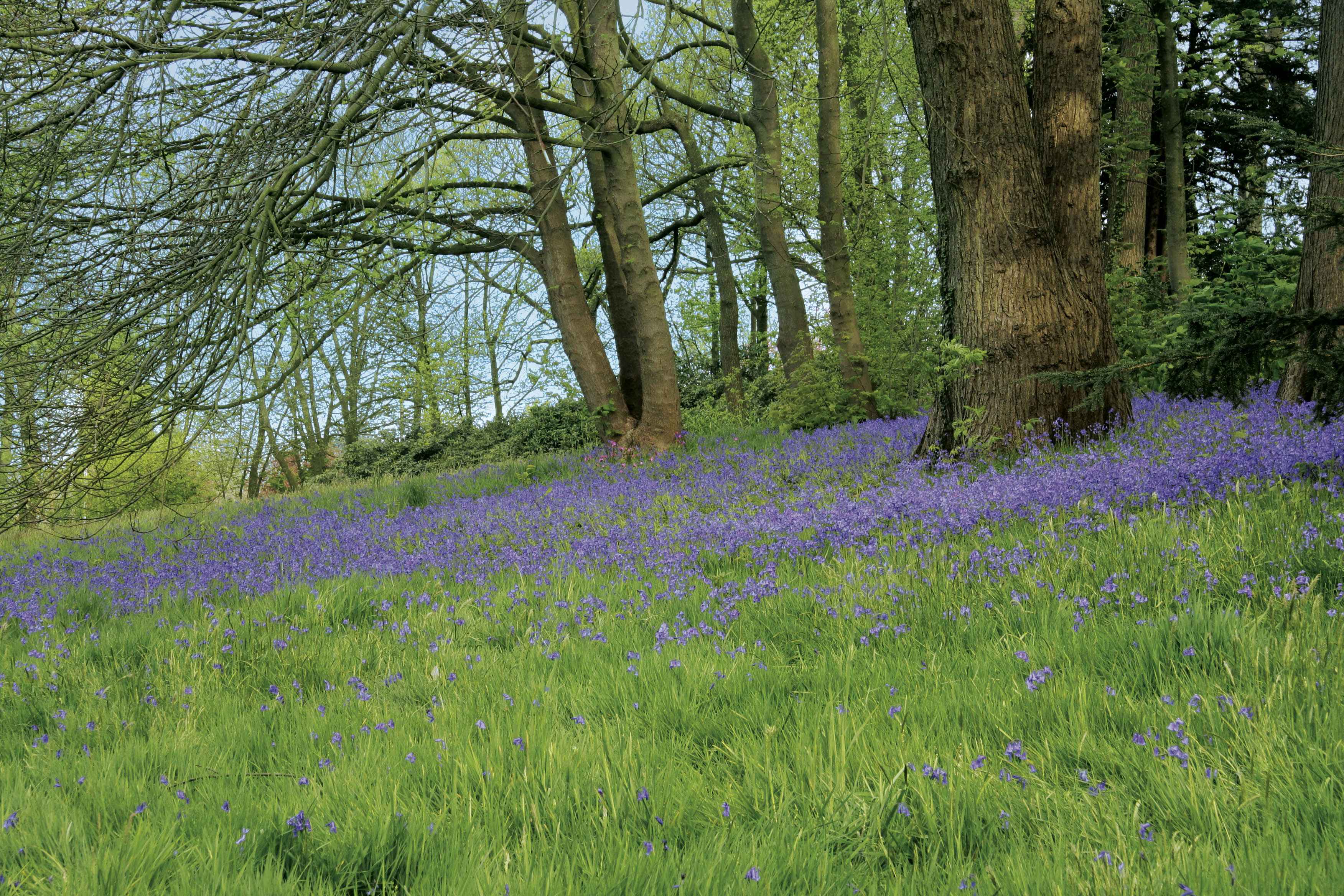
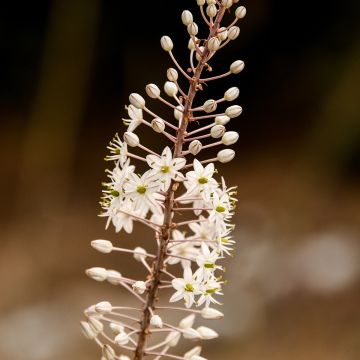

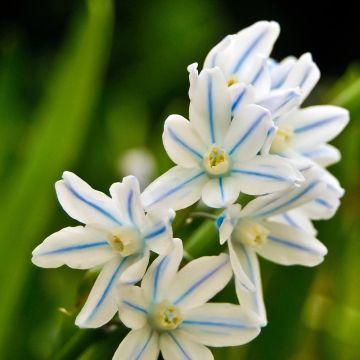
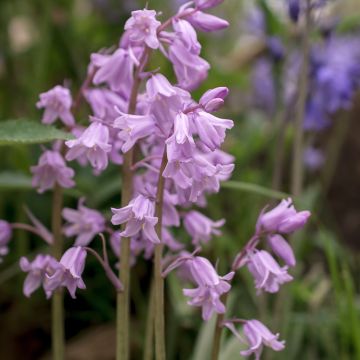
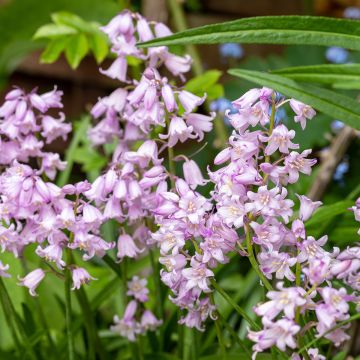
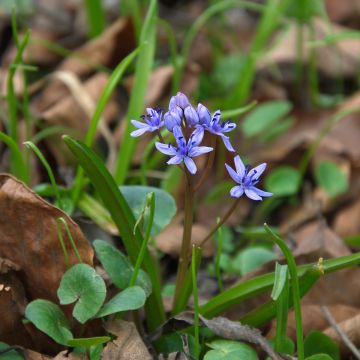
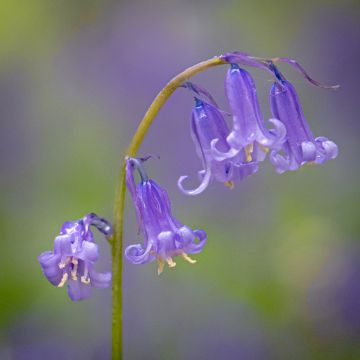
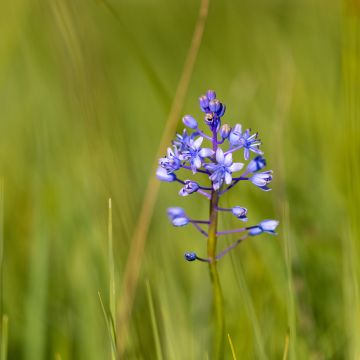

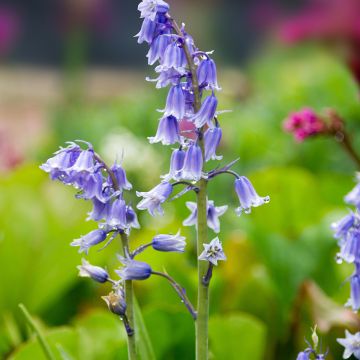
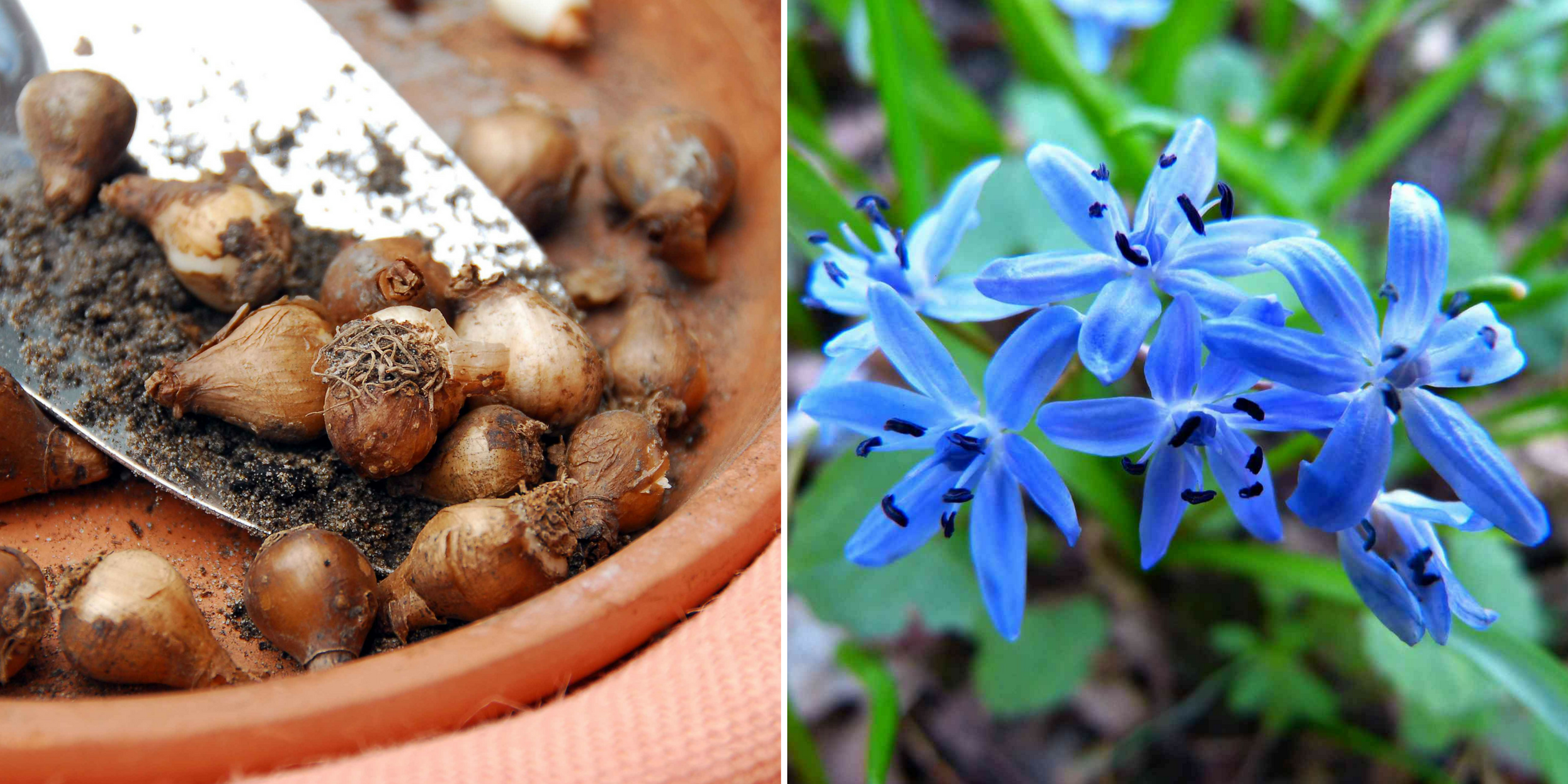
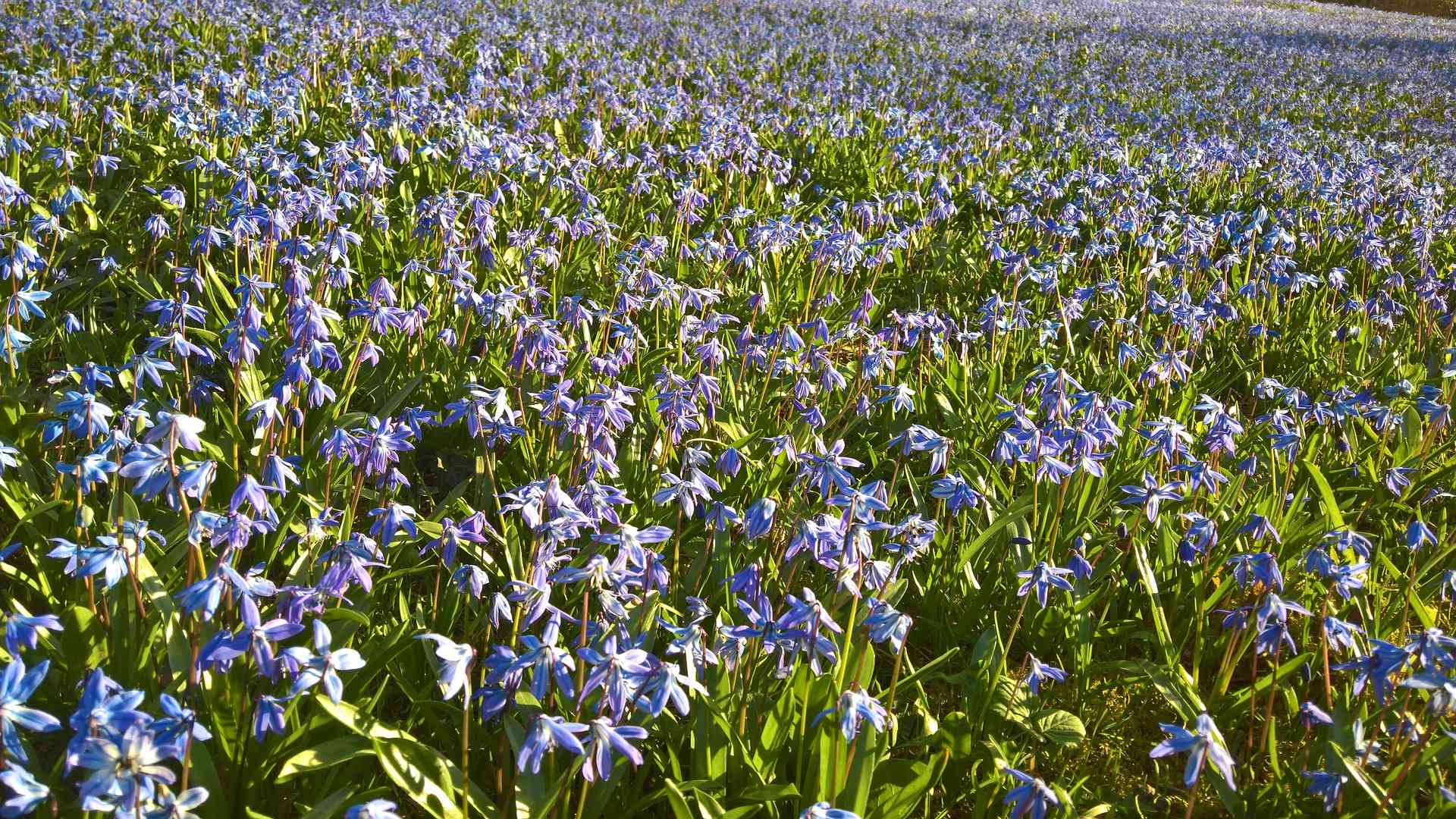
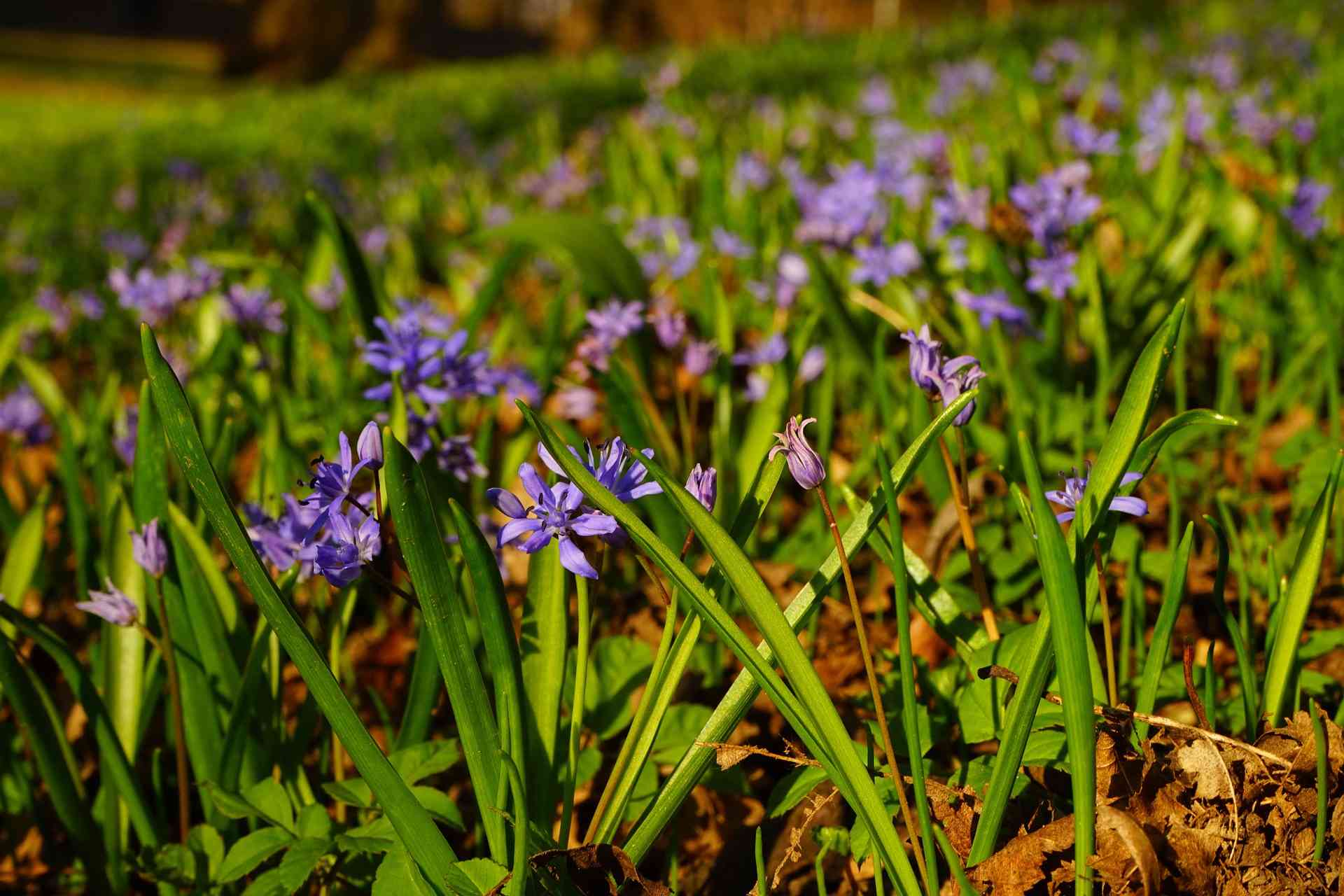
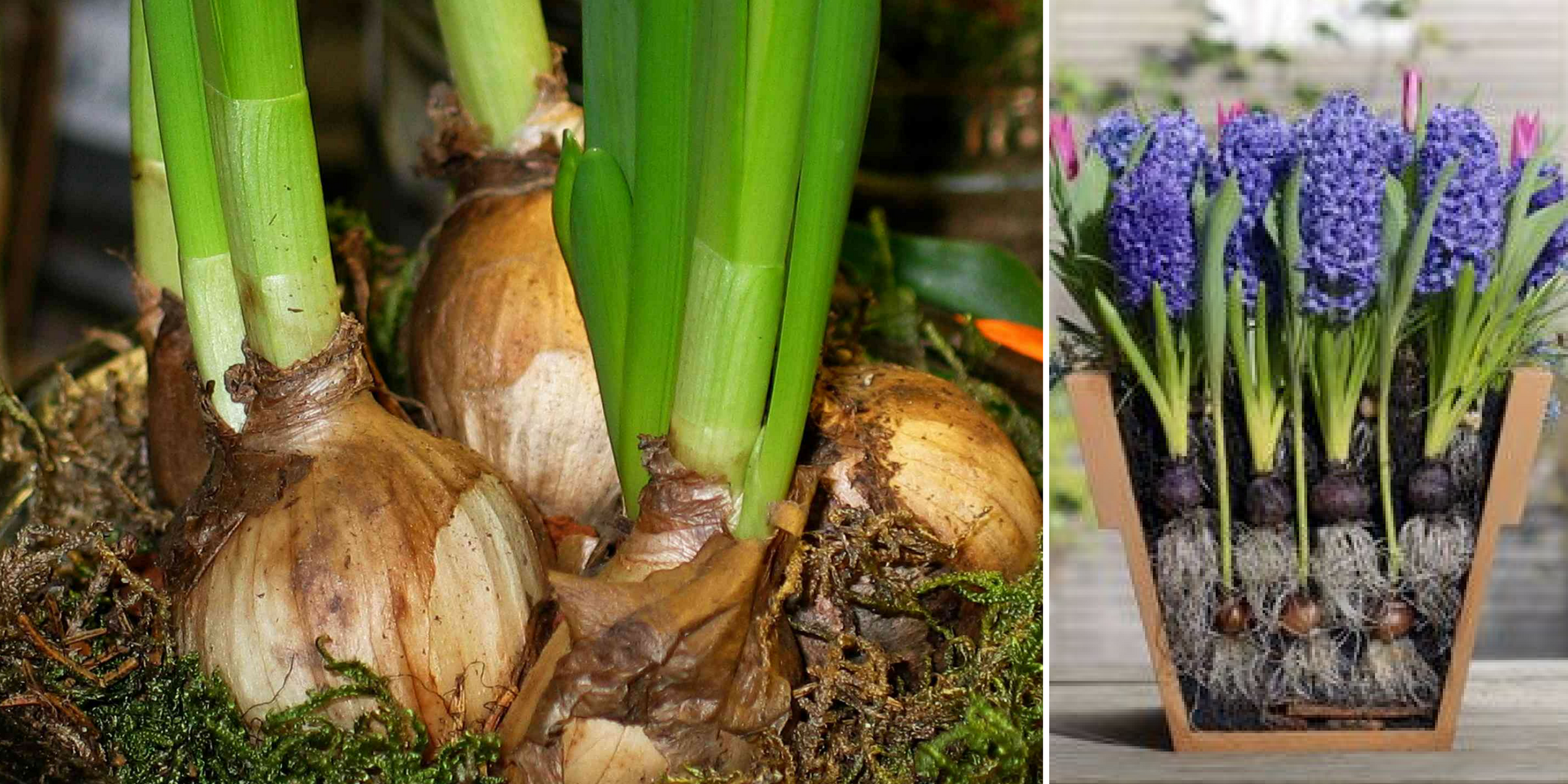
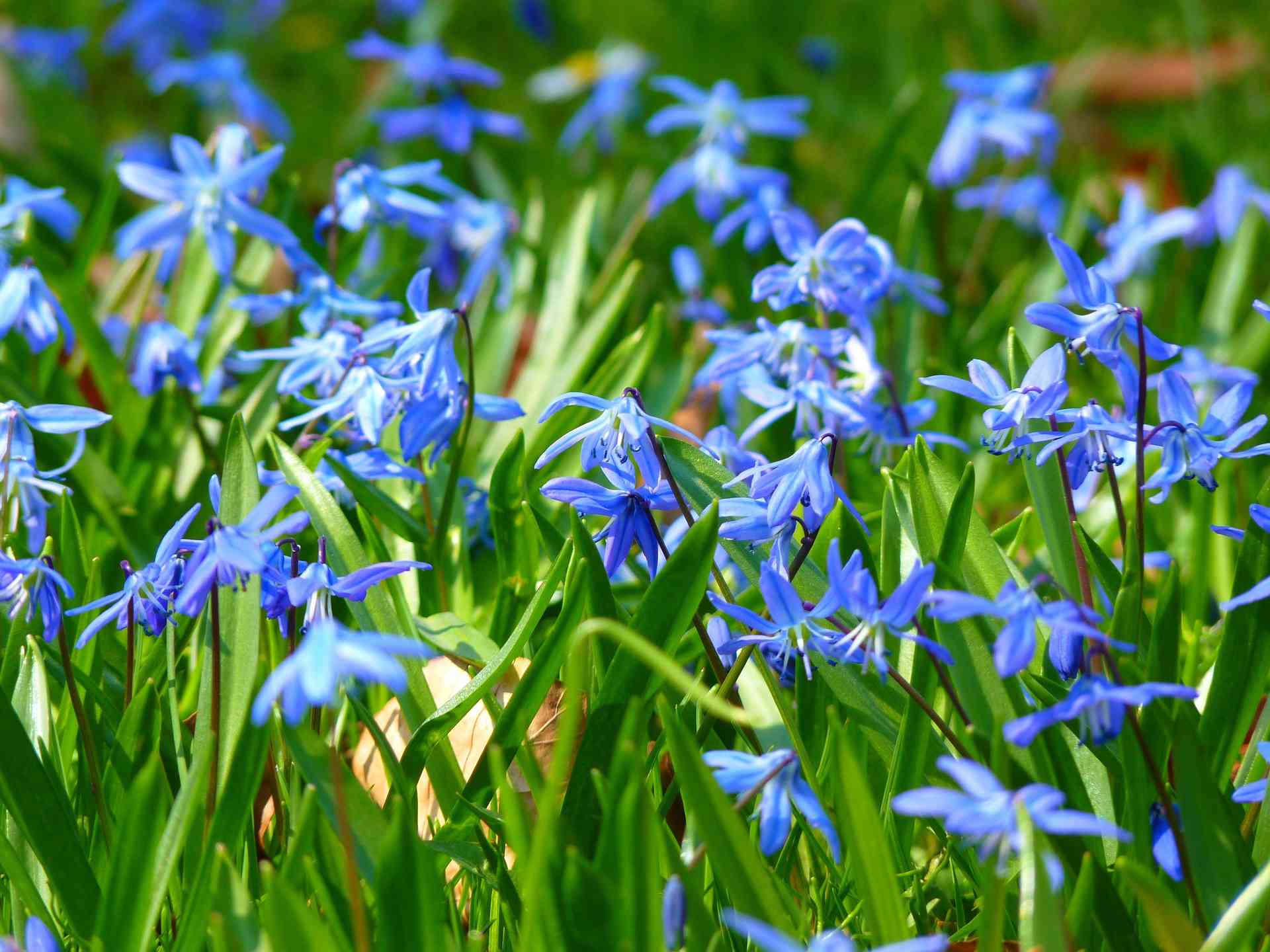
Comments